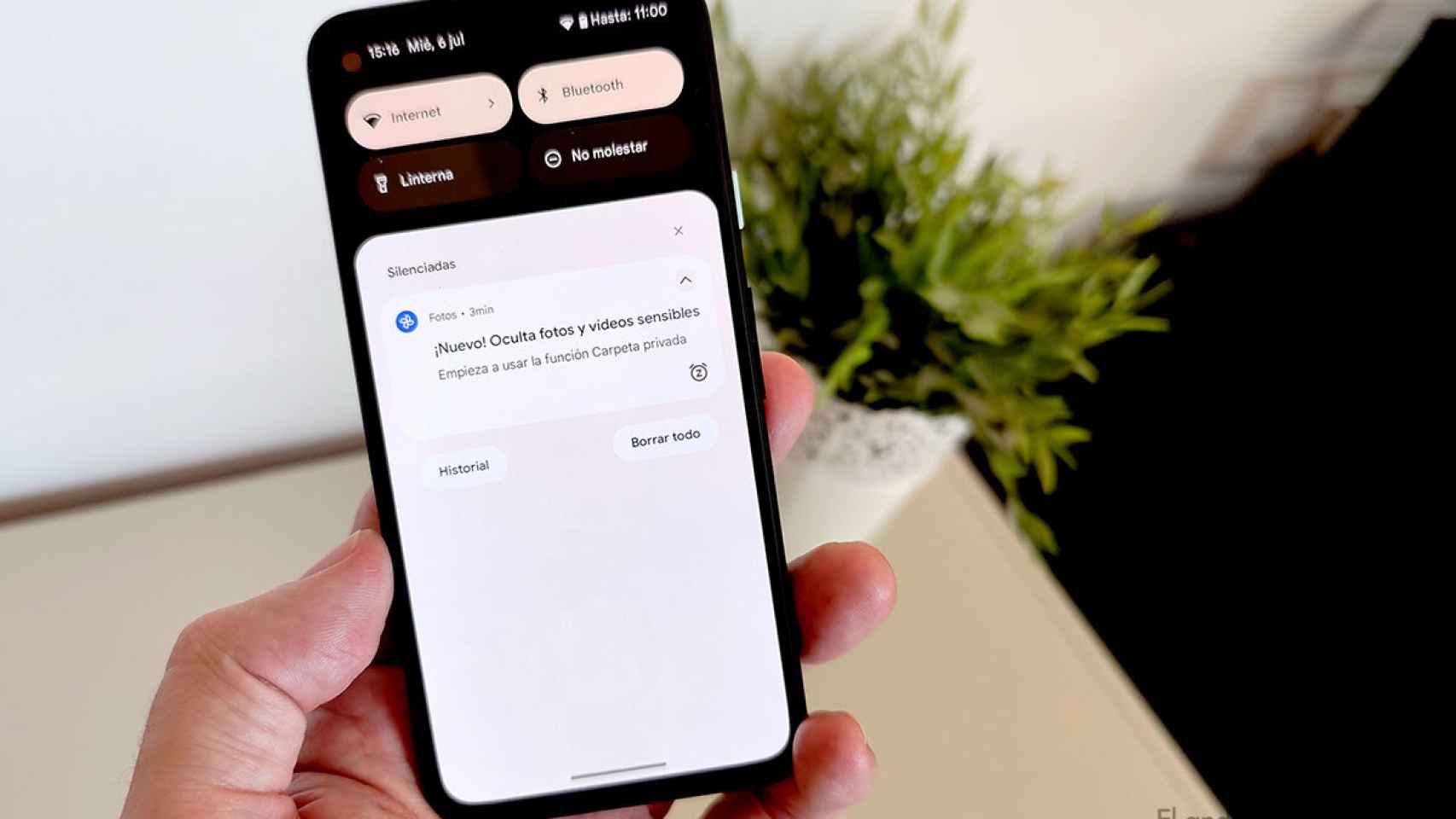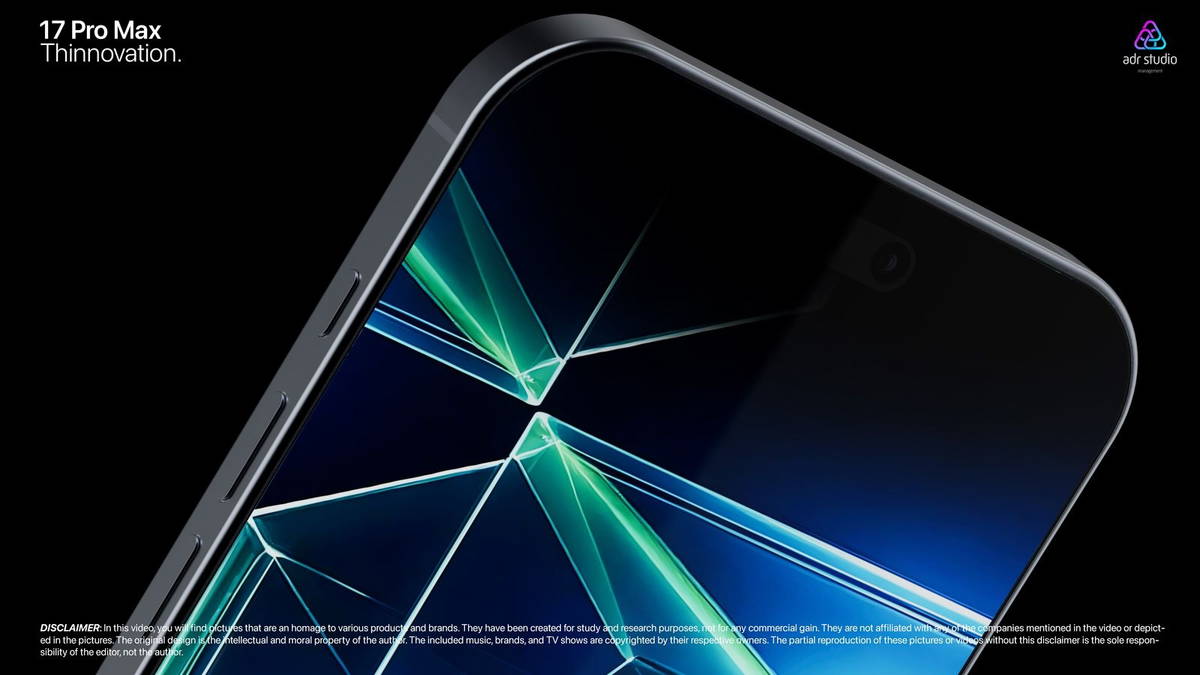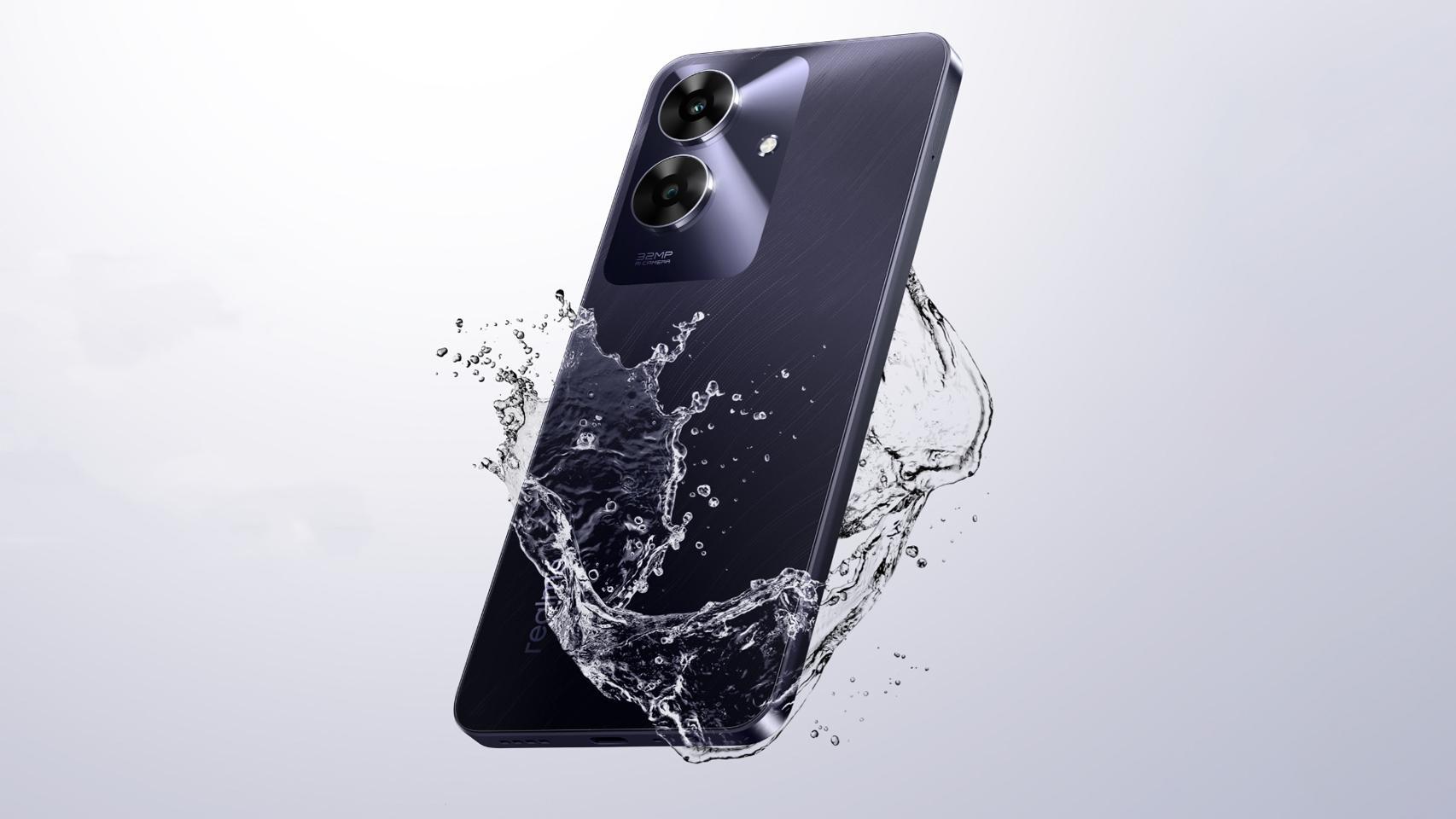For several years, Android has had an advantage over Apple in terms of number of users, but a recent shift in favor of Apple suggests that Android users are switching to the other platform. Unfortunately for them, the transition may not be as positive an experience as you might expect.
A friend who had decided to switch from Android to iPhone saw his excitement about switching to his new terminal fade a bit when he realized that the box that came with the iPhone did not include power adapter.
The lack of such an adapter is a drawback for the typical iPhone user, but since they’ll likely have a lot of Lightning to USB-A cables and adapters around the home, that doesn’t mean they won’t be able to. not charge their new iPhone.
Longtime iPhone users can just grab a cable and adapter to charge it. It is surely not a USB-C charger and therefore the process is a bit slower, but it will be enough.
It’s a different story for my friend, who until now was an Android user. You might have a lot of old USB-A chargers, but you won’t have a Lightning cable to connect to your iPhone other than the one that came in the box, which is USB-C compatible.
As a result, what could have been a very positive first experience with an iPhone has become frustrating and boring, which will mar your experience with the device.

Why it doesn’t really benefit the environment
This situation results from Apple’s decision, announced in mid-2020, to no longer include a charging adapter (and also headphones) in the box of its new iPhone. But that’s not just the iPhone 12, but all new iPhones. Thus, no charger is included in the current cases of the iPhone 11 or the iPhone SE for example.
Apple justified this decision as being good for the environment: the box can be smaller if it does not include an adapter, for example. Additionally, Apple has been selling iPhones and iPads with Lightning cables and chargers in the box for over a decade, so it’s understood that you assume your customers already have several at home, which is true in our case.
Any decision taken to help the environment is obviously to be admired. However, one cannot help but wonder if the environment is not being used as an excuse to hide the real reason for such a decision.
Not including a charger in the box is clearly beneficial for Apple: it can sell more USB-C chargers; the cost of shipping the charger to your customers is avoided; And more importantly, adapters come in different sizes and shapes, so Apple no longer has to design cases that fit well.
But even worse. More than helping the environment, one could say that it is a decision against the environment, since two things can result from the decision: either the cables in the box do not serve those who do not want to buy a new adapter; Or piles of USB-A cables and adapters at home become unnecessary for those who decide to switch to USB-C.
It’s just an inopportune moment, combining the USB-A to USB-C charging switch, which started with the iPhone 11 Pro and iPhone 11 Pro Max, with the lack of the ready-to-go USB-C charger. ‘use. It’s a move that’s likely to be accepted by iPhone users, but we don’t know if first-time Android users switching to the platform will be able to forget it so easily.
Original article published in igamesnews UK.
.








